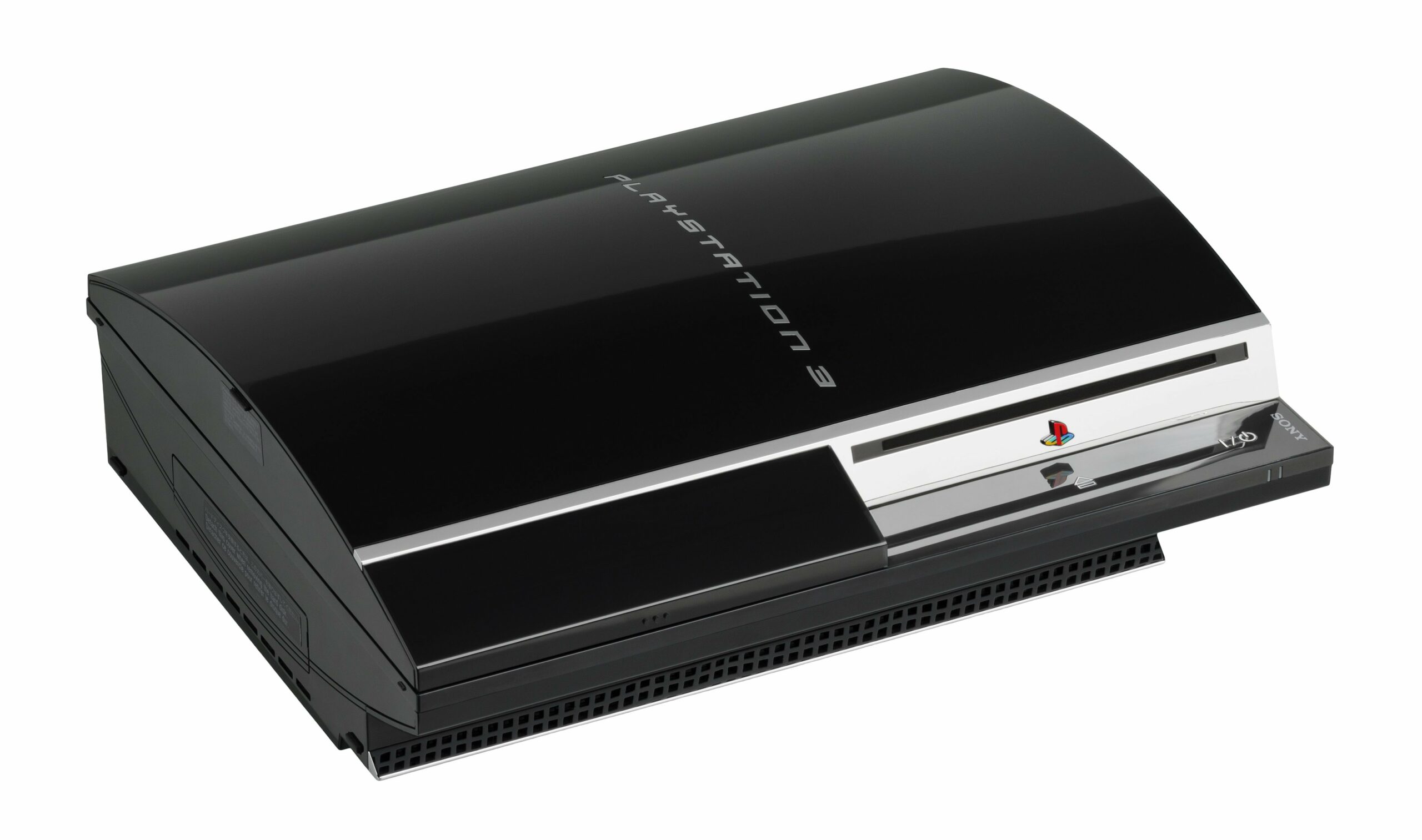
- #Where do i find my fat ps3 serial number serial number
- #Where do i find my fat ps3 serial number update
- #Where do i find my fat ps3 serial number ps3
The power supply on the "fat" model is 380 W.
#Where do i find my fat ps3 serial number ps3
It uses a standard IEC 60320 C14 ( IEC 60320 C8 for the PS3 slim) connector and a C13 ( C7 for the PS3 slim) power cord appropriate for the region it is being used in. The power supply can operate on both 60 Hz and 50 Hz power grids. The power consumption of "slim" PlayStation 3 (45 nm process Cell/40 nm RSX) ranges from 65 to 84 W during normal use. The power consumption of newer 40 GB PlayStation 3 units (65 nm process Cell/90 nm RSX), ranges from 120-140 W during normal use. The power consumption of the initial PlayStation 3 units, based on 90 nm Cell CPU, ranges from 170–200 W during normal use, despite having a 380 W power supply. The PlayStation 3 Super Slim weighs at least 25% less than the Slim due in part to the slot-loading Blu-ray drive being replaced with a top-load disc reader similar to the original PlayStation's, but with a sliding cover.
#Where do i find my fat ps3 serial number update
The engraved logo is an update of the PS2's with curved edges. The PlayStation 3 Slim is quieter and more compact than its predecessor. It has a glossy piano-black finish, and the power and eject buttons are touch-sensitive. The original PlayStation 3's case was designed by Teiyu Goto of Sony, and uses the same typeface as the marketing materials for the film Spider-Man 3. All models released after August 2008 have been reduced to two USB ports at the front, as well as dropping CompactFlash and SD card support.įor networking, all models provide one Gigabit Ethernet (10/100/1000) RJ45 port.īluetooth 2.0 support, and built-in 802.11b/g Wi-Fi (except CECHBxx).Īpproximately 12.8" (W) × 3.8" (H) × 10.8 " (D)Īpproximately 11.42" (W) × 2.56" (H) × 11.42 " (D)Īpproximately 11.42" (W) × 2.36" (H) × 9.06 " (D) Įarlier systems sported up to four USB 2.0 ports at the front (20 and 60 GB models, as well as the NTSC 80 GB), but the 40 GB and 80 GB PAL models only have two USB ports. However, they must be formatted with the FAT32 file system. All models support USB memory devices flash drives and external hard drives are both automatically recognized.

In the early 60 GB (1 GB = 1 billion bytes) and 80 GB configurations, flash memory can also be used, either Memory Sticks CompactFlash cards or SD/ MMC cards. The PS3 slim features an upgraded HDMI chip that allows bitstreaming of lossless audio codecs to an external receiver (earlier versions had to decode the signal internally before outputting it via LPCM). In terms of audio, the PS3 supports a number of formats, including 7.1 digital audio, Dolby TrueHD, DTS-HD Master Audio and others audio output is possible over stereo RCA cables (analog), optical digital cables, or HDMI. ^ d Registered with FCC on Jwith request for confidentiality įurther information: PlayStation 3 AV Cables Supported resolutions Resolution ^ c Registered with FCC on Jwith request for confidentiality ^ b Registered with FCC on Januwith request for confidentiality Notes: ^ a Registered with FCC on Januwith request for confidentiality Key: NA – North America, EU/PAL – Europe/ PAL region, JP – Japan, UK – United Kingdom The last two characters of the model number indicate what region the system is from. This begins with "CECH", followed by a letter indicating what model the system is.
#Where do i find my fat ps3 serial number serial number
On all models of the PS3, the last seven characters of the serial number make up the console's model number.

It utilizes a 45 nm Cell which results in a 34% reduction in power consumption over the previous 65 nm Cell model the last Slim model further decreases power consumption with the move to a 40 nm RSX and later 28 nm on the CECH-43xx models. Major improvements were introduced with the PS3 Slim. The RSX GPU also saw reduction in size over periodic revisions of the PS3. Since launch, the Cell processor shrank from 90 nm to 45 nm. This in turn resulted in production savings, lower heat production, lower cooling requirements and quieter operation. The PS3 received several component revisions which served to reduce power consumption.


 0 kommentar(er)
0 kommentar(er)
